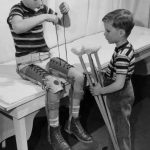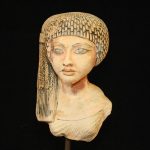19th-Century Doctor “Treated Spines” by Hanging Patients from the Ceiling
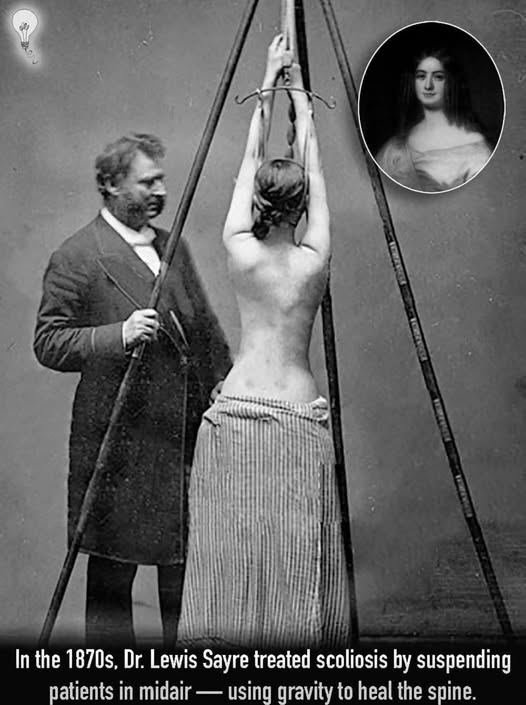
19th-Century Doctor “Treated Spines” by Hanging Patients from the Ceiling
In the turbulent world of 19th-century medicine, innovation often walked a fine line between brilliance and madness.
Among the boldest figures of that era stood Dr. Lewis A. Sayre, an American orthopedic surgeon who redefined spinal treatment in the 1870s.
At a time when medical science was still finding its footing, Sayre introduced a method so unusual that it left both patients and peers astonished.
His idea was deceptively simple: use gravity itself to heal the spine.
In his clinic, patients suffering from scoliosis or spinal deformities were hoisted into the air, suspended only by their hands.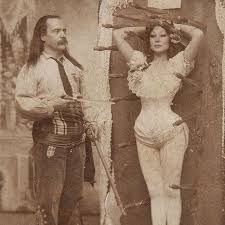
Their bodies hung freely, stretching under their own weight, as the spine slowly straightened under natural traction.
But Sayre’s genius didn’t stop there.
While his patients remained in this suspended position, he began to wrap their torsos in wet plaster bandages.
As the plaster dried, it hardened into a rigid cast that held the newly aligned spine firmly in place.
It was an early form of the body cast — long before orthopedic braces became standard medical devices.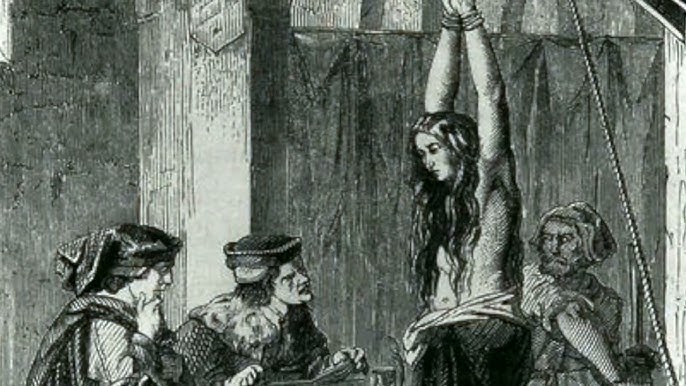
The process, however, was far from comfortable.
Patients described it as painful, disorienting, and exhausting.
Yet, when the plaster was finally set and the patient released, the results were nothing short of miraculous.
Those who had once struggled to stand could suddenly walk upright.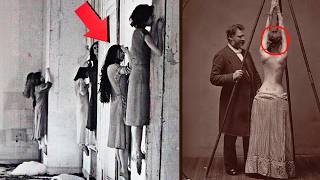
Breathing improved. Movement became easier.
For many, it was the first time they felt freedom from the heavy, restrictive iron braces of the past.
Sayre’s unconventional method shocked the medical world but also inspired it.
His experiment blurred the boundary between risk and revolution.
Though primitive by today’s standards, it marked a crucial turning point in orthopedic history.
Dr. Sayre’s work proved that healing sometimes demands courage — and a willingness to defy convention.
His patients, suspended between pain and possibility, weren’t merely hanging by their hands.
They were hanging onto hope, believing in a miracle named Sayre.



